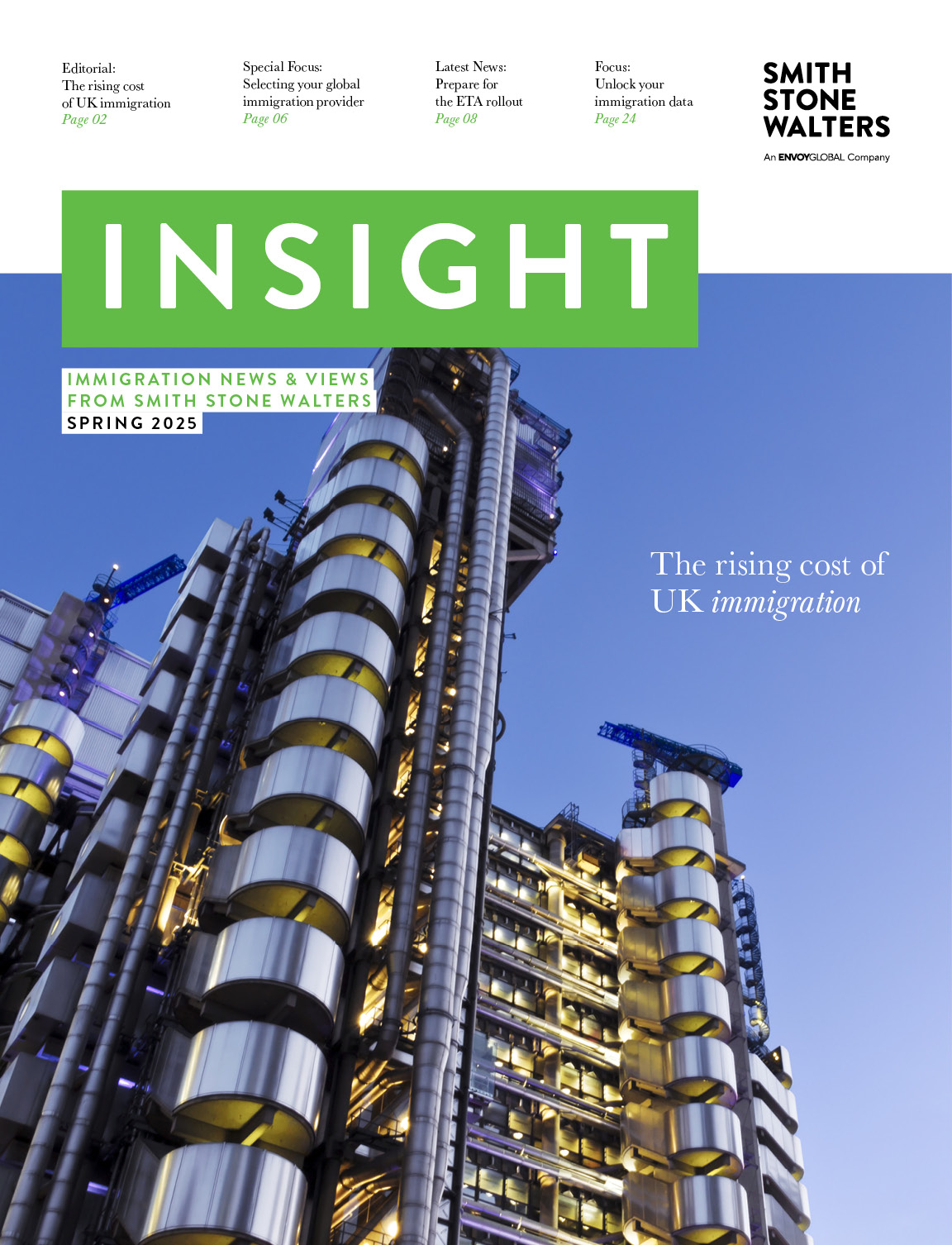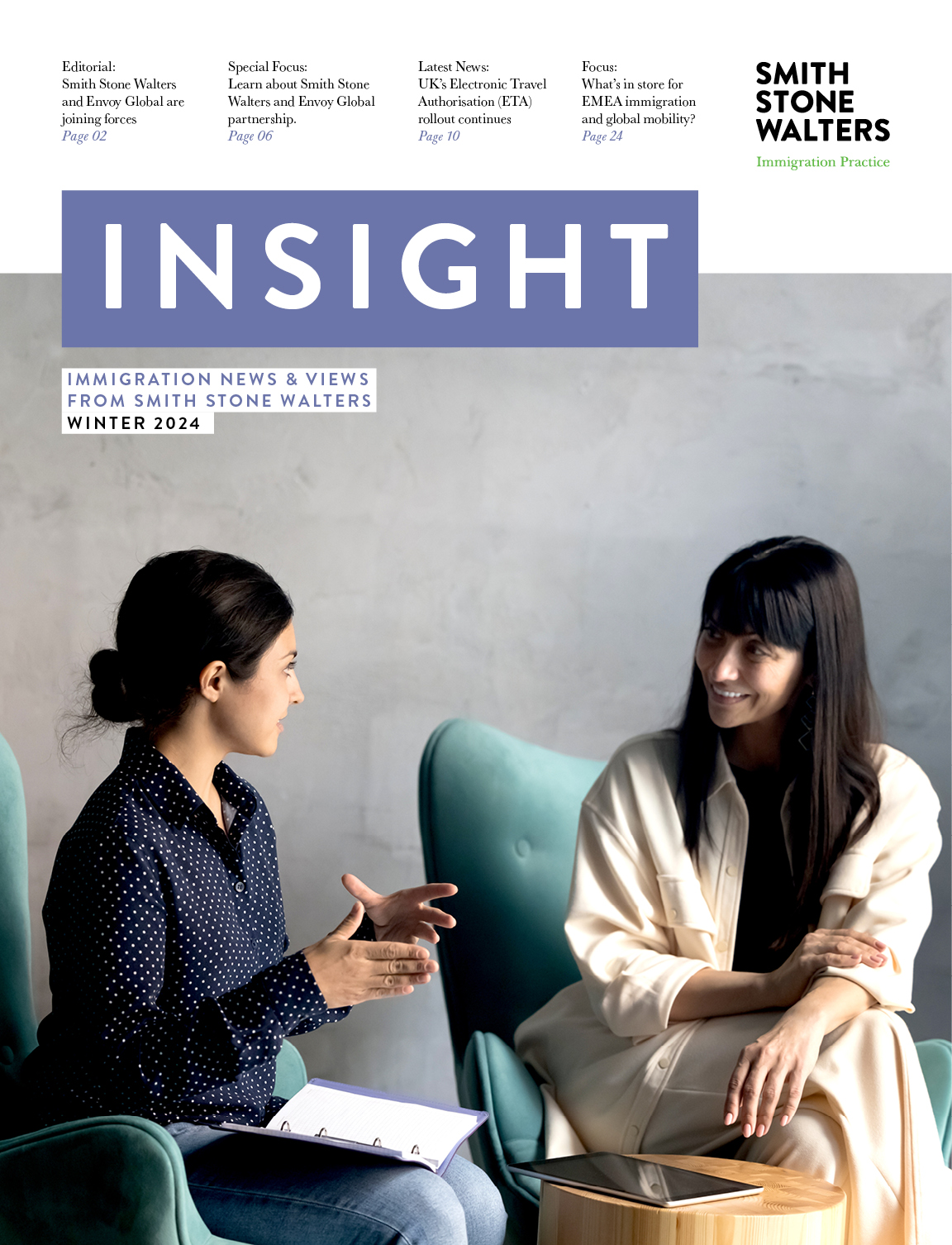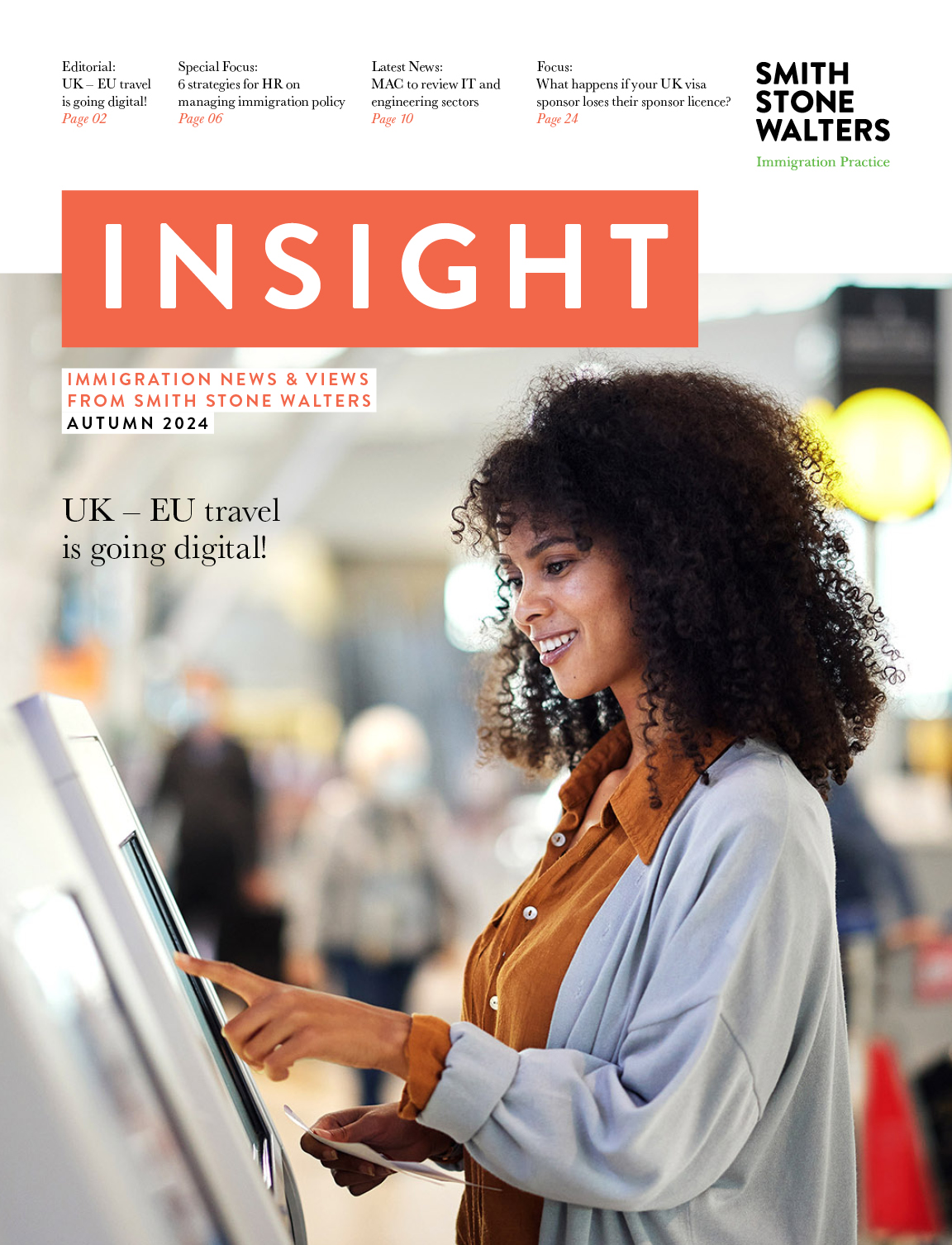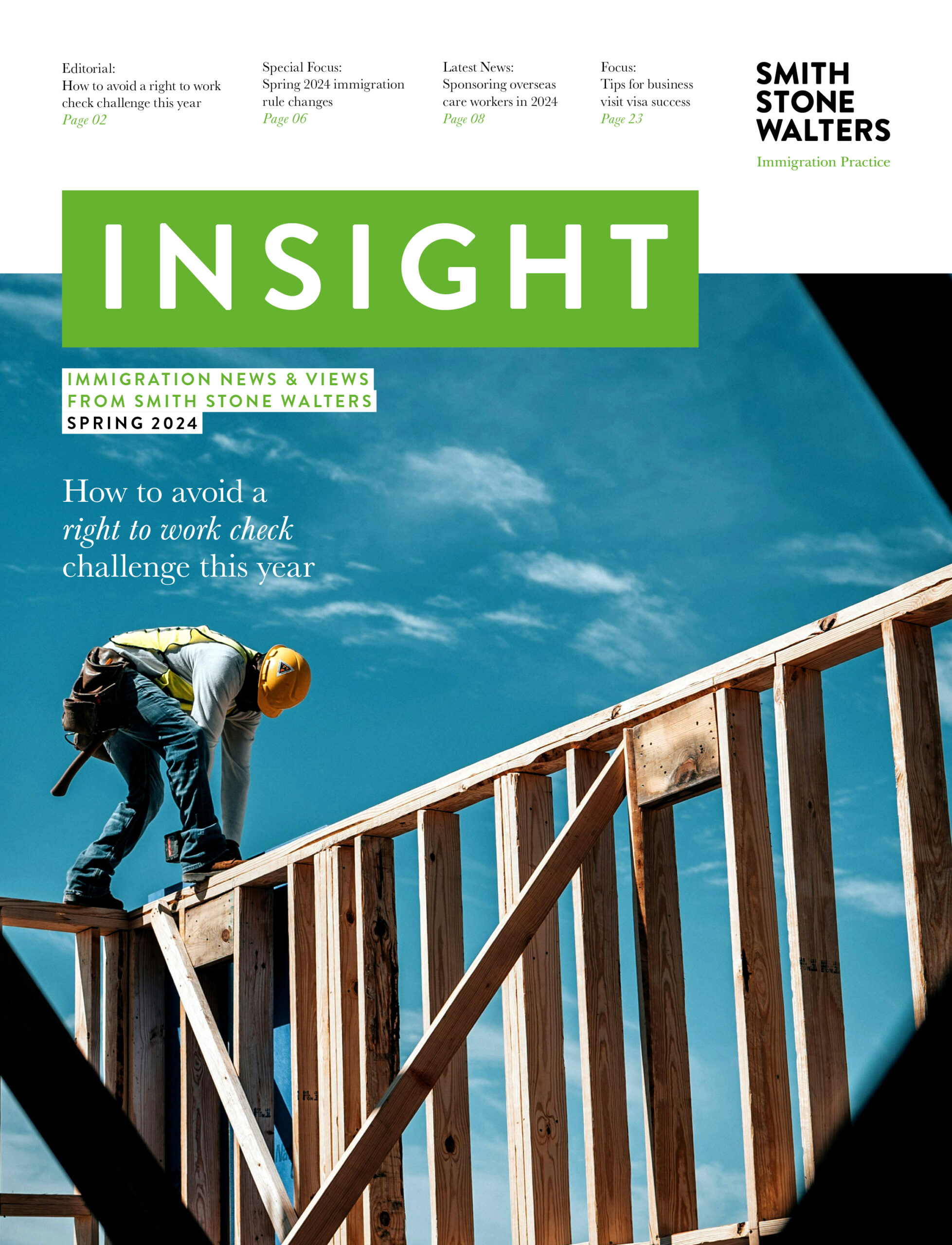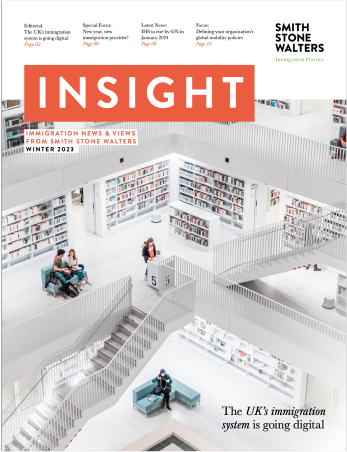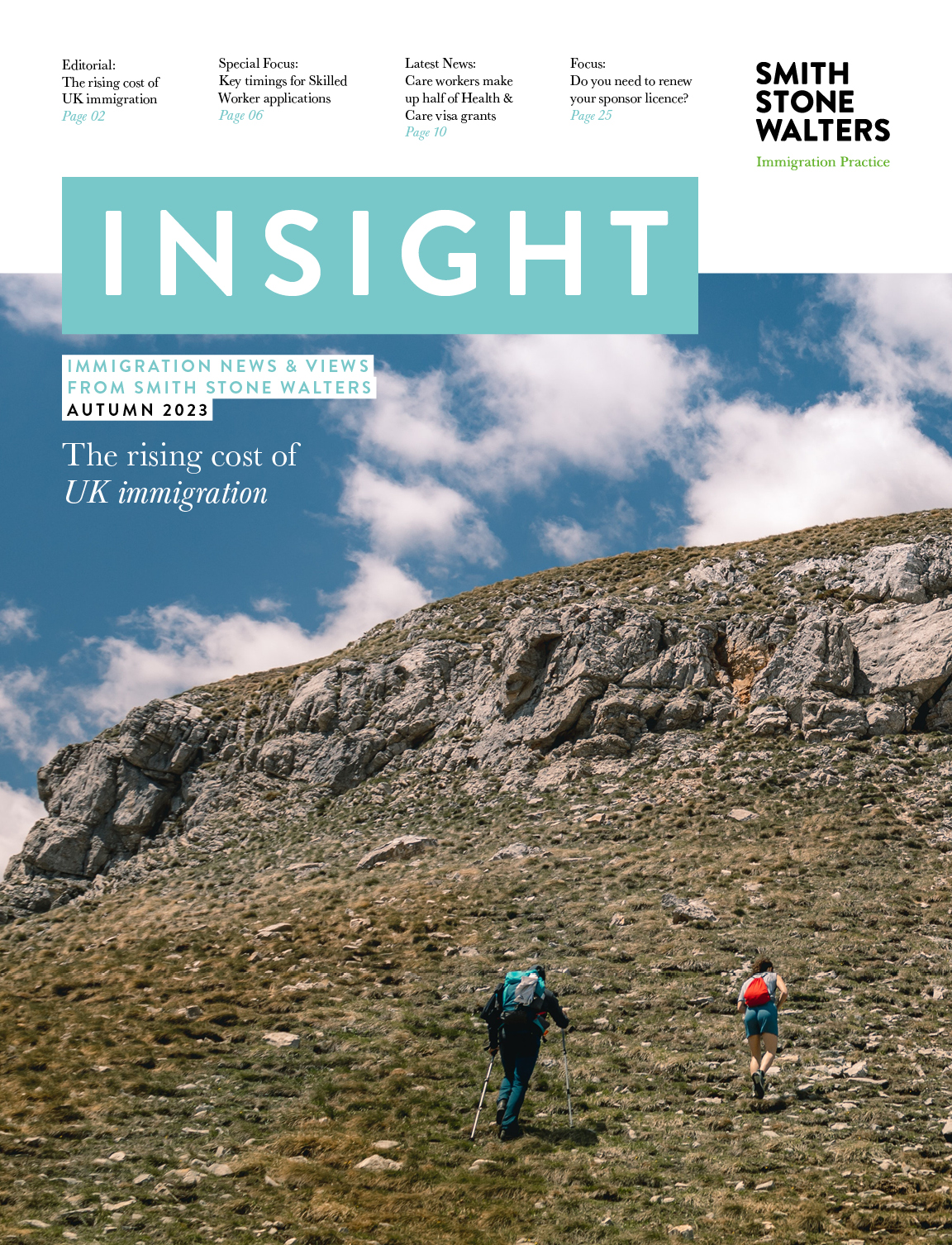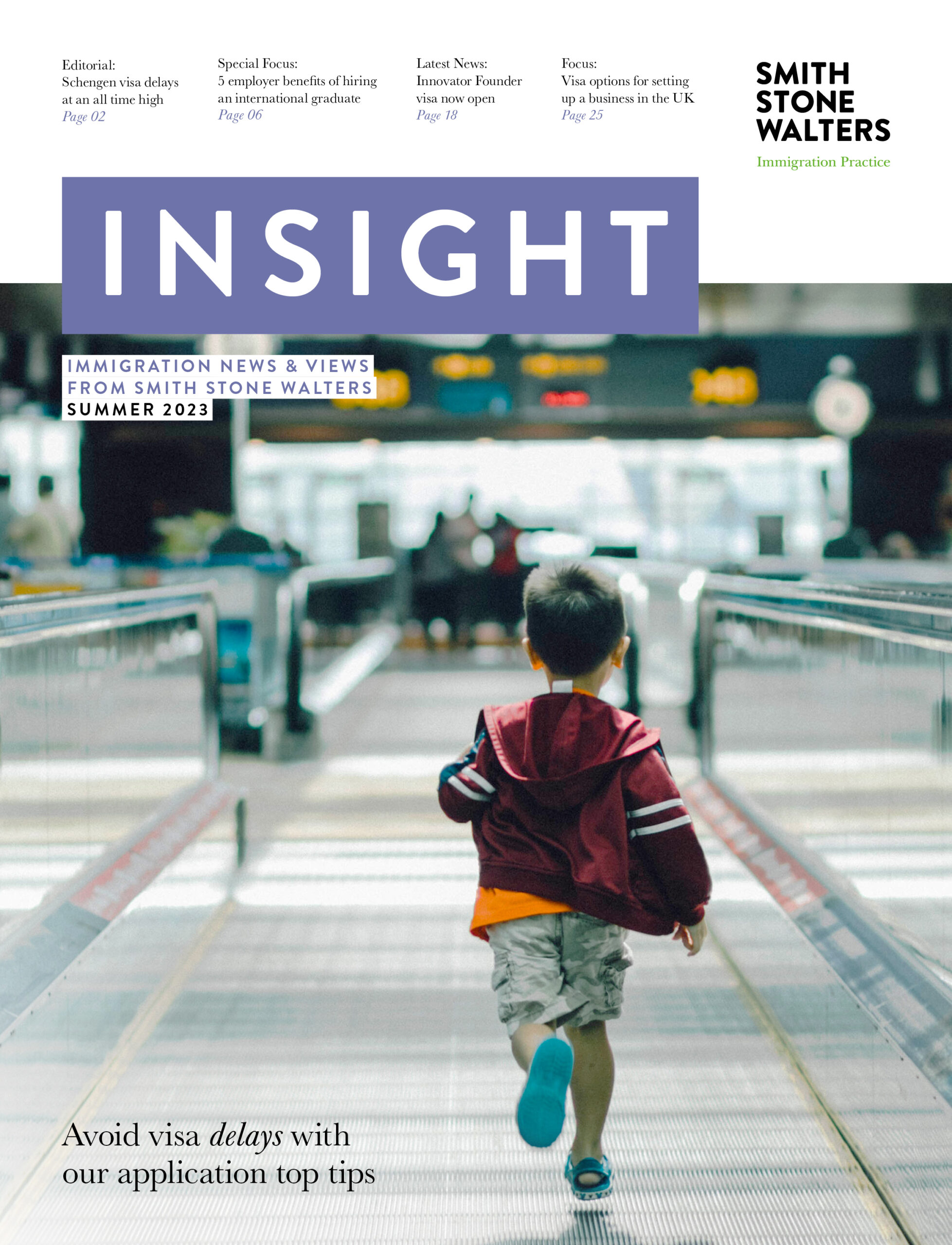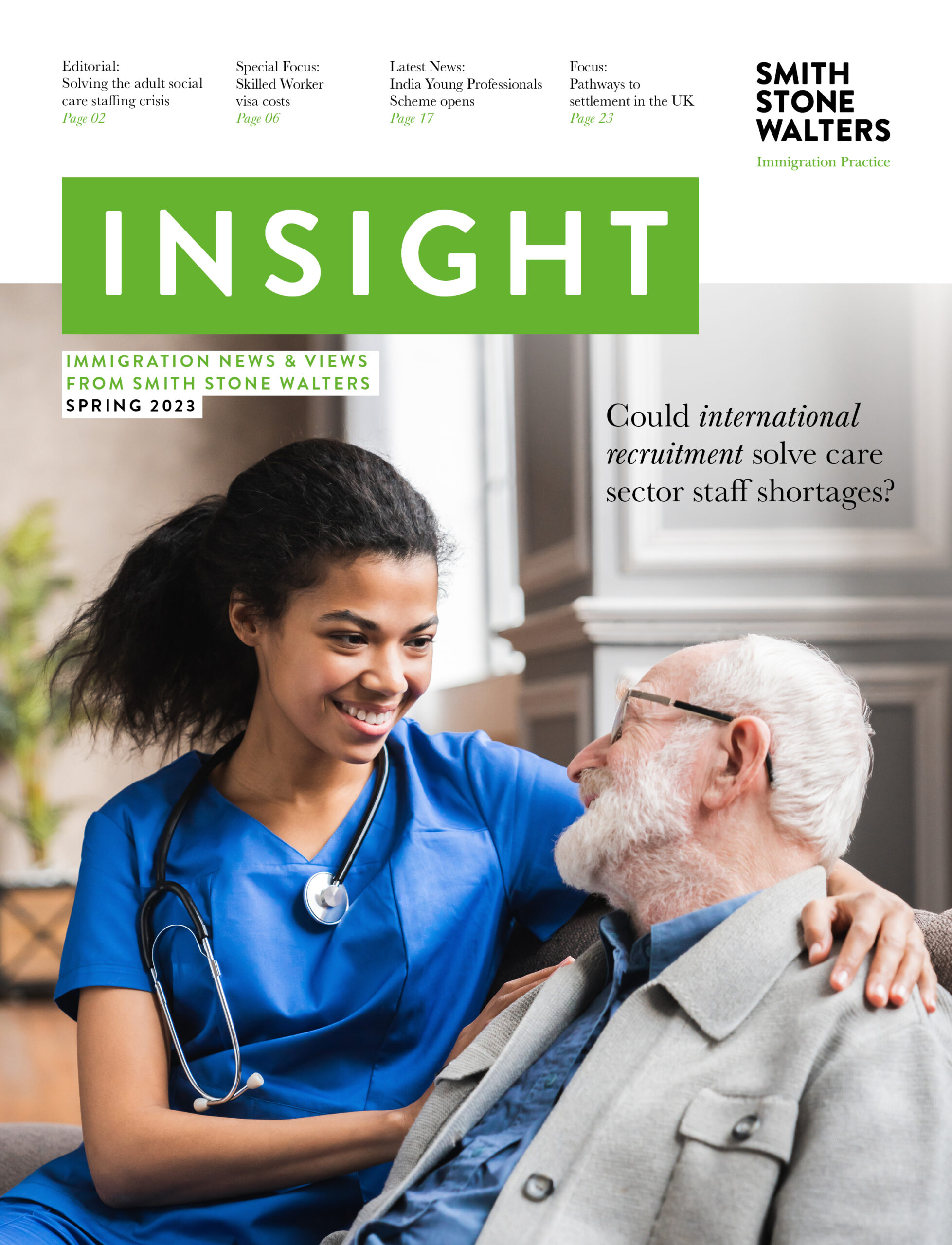Immigration in Numbers: Latest statistics revealed
The Home Office has published their latest set of official statistics relating to UK immigration. The figures relate to the year ending March 2022, and provide the most up to date estimates on the number of people crossing the UK border under immigration controls, as well as those applying to extend their stay or settle in the UK.
These statistics are published quarterly and help to inform users such as the government, Parliament, the media and the general public, and play a vital role in the ongoing monitoring and development of the UK’s immigration policies.
Below, we set out some of the key findings from the latest statistics.
Overview
In the year ending March 2022, there were an estimated 42.9 million passenger arrivals into the UK (including returning UK residents). That’s more than twice as many as in the year ending March 2021 (18.1 million) but less than a third of the arrivals recorded in the year ending March 2020 (141.2 million). The differences in the number of passenger arrivals are due to the travel restrictions imposed as a result of the COVID-19 pandemic.
During this period, there were 1,618,367 visas and permits granted, which is around half the number (-47%) recorded in the year ending March 2020 due to the pandemic, but around two and a half times higher (+145%) than the year ending March 2021. Of the visas granted:
- 38% were to visit
- 29% were to study
- 17% were to work
- 3% were for family reasons
- 13% were for other reasons.
Work visas
There were 277,069 work-related visas granted in the year ending March 2022 (including dependants). This was a 129% increase on the year ending March 2021 and is 50% higher than in the year ending March 2020.
Skilled work, which accounts for 66% of the total work visas granted, saw the largest growth in visa numbers from the year ending March 2020 and increased by 72,208 or 66%. High value, Skilled worker, Temporary worker and Other work visas and exemptions routes all rose compared to the previous year. These increases will in part reflect a recovery from the impact of the COVID-19 pandemic, but Skilled work and Temporary work visas are also now substantially higher than the pre-COVID 19 level in 2019.
Combined, Skilled Worker and Health and Care Worker visas account for 54% of all work visas. In the year ending March 2022, there were 73,400 Skilled Worker visas granted and 75,963 Health and Care Worker visas granted.
In the Temporary work category, ‘Seasonal Workers’ made up over half (53%) of all grants, up 200% from the previous year. This route came into effect in Q1 2019, and the growth in this route reflect the quota increases for the Seasonal Worker visa, which increased from 2,500 in 2019 to a current quota of 30,000 visas in 2022.
The new immigration system (for work)
From 1 January 2021, changes in the immigration rules mean that EEA and Swiss (excluding Irish) nationals require a visa to work in the UK. In the year ending March 2022, there were 33,292 work-related visas granted to EEA and Swiss nationals seeking to come to the UK, representing 12% of all work-related visas. The majority of these were in Skilled work comprising just over half (51%) of the total work grants to EEA and Swiss nationals.
The top EEA nationalities granted work visas and permits in the year ending March 2022 were:
- French nationals (5,239 grants, 16% of EEA work visas)
- German nationals (4,202 grants, 13% of EEA work visas)
- Italian nationals (3,413 grants, 10% of EEA work visas).
Study visas
In the year ending March 2022, there were 466,611 Sponsored study visas granted (to both main applicants and their dependants), 58% (+170,368) more than the year ending March 2020. This number is the largest on record, continuing the upwards trend seen each year since September 2020. This sustained increase represents both a recovery from lower numbers during the Covid-19 pandemic and an increase on the pre-pandemic period.
Chinese nationals were the most common nationality granted Sponsored study visas in the year ending March 2022, with 116,967 visas granted, similar to the number seen in the year ending March 2020 (118,291). Chinese students accounted for 25% of the total number of Sponsored study visas granted, the lowest proportion since the year ending March 2012 and much lower than the peak of 43% in the year ending September 2019.
Nigerian nationals saw the largest percentage increase in Sponsored Study grants compared with the year ending March 2020, increasing by 49,532 (+529%) to a record high of 58,887, making them the third largest nationality group in the last year.
Family visas
There were 301,830 visas and permits granted for family reasons in the year ending March 2022, 90% more than the year ending March 2021, a period affected by the global pandemic, and 63% more than the year ending March 2020, largely due to increases in dependants of people coming on work or study visas, and the dependants of the newly introduced British Nationals (Overseas) route. There were particularly large increases in grants to dependants of Sponsored study visa holders and dependants of Skilled Workers.
British National (Overseas) visas
On 31 January 2021, the UK government introduced a new immigration route for British National (Overseas) (BNO) status holders, providing the opportunity for them and their family members to live, work and study in the UK. The route is open to BNO citizens and their dependants who are ordinarily resident in Hong Kong, the UK or the Crown Dependencies.
The UK government has previously estimated that up to 300,000 people could apply for a BNO visa in the first five years of the scheme. The latest statistics show that the route has already attracted tens of thousands of applicants just one and a half years since its launch.
The latest statistics show that there were 19,500 applications for the BNO route in Q1 of 2022, with 18,563 out of country applications, and 900 in country applications. Of the total, 11,500 applications relate to main applicants and 8,000 relate to dependants. There have been a total of 123,400 applications for the BNO route since its introduction on 31st January 2021 up to the end of March 2022.
Ukraine scheme visas
In response to the war in Ukraine, the UK government opened two new immigration routes in March 2022 for Ukrainian nationals forced to flee their homes: the Ukraine Family Scheme and the Homes for Ukraine Sponsorship Scheme.
By 31 March 2022 a total of 60,482 applications were received across both schemes, of which 27,979 had been granted. The Ukraine Family Scheme had 29,178 applications by 31 March. Of these, 23,817 applications had been granted. The Ukraine Sponsorship Scheme had 31,304 applications and 4,162 grants.
Settlement and citizenship
There were 111,760 decisions on applications for settlement in the UK in the year ending March 2022, almost one fifth (18%) more than in the year ending March 2020. Of these, 110,145 (99%) were granted.
There were 180,493 applications for British citizenship in the year ending March 2022, 9% more than in the year ending March 2020. Applications for citizenship by non-EU nationals has remained broadly stable since 2014, whilst applications by EU nationals increased up to mid-2021. EU nationals accounted for almost a third (30%) of all citizenship applications in the latest year compared to 12% in 2016. Increases in citizenship applications from EU nationals since 2016 are likely to reflect people seeking to confirm their status in the UK following the EU referendum and the UK’s exit from the EU.
There were 196,085 grants of British citizenship in the year ending March 2022, 20% more than in the year ending March 2020. This was due in part to the COVID-19 pandemic response and comes after a period of relative stability since 2014.
Get the latest immigration news and views
To keep up to date with the latest news and rule changes in UK and global immigration, follow Smith Stone Walters on social media, or sign up to our free Immigration News Service to receive our weekly newsletter.


